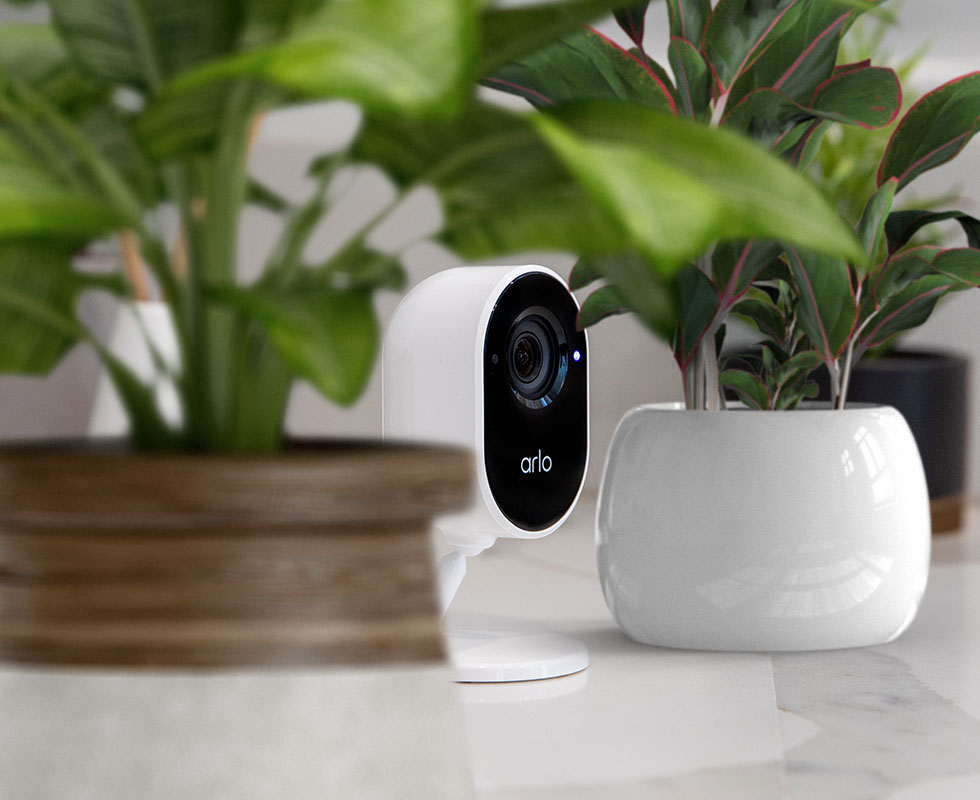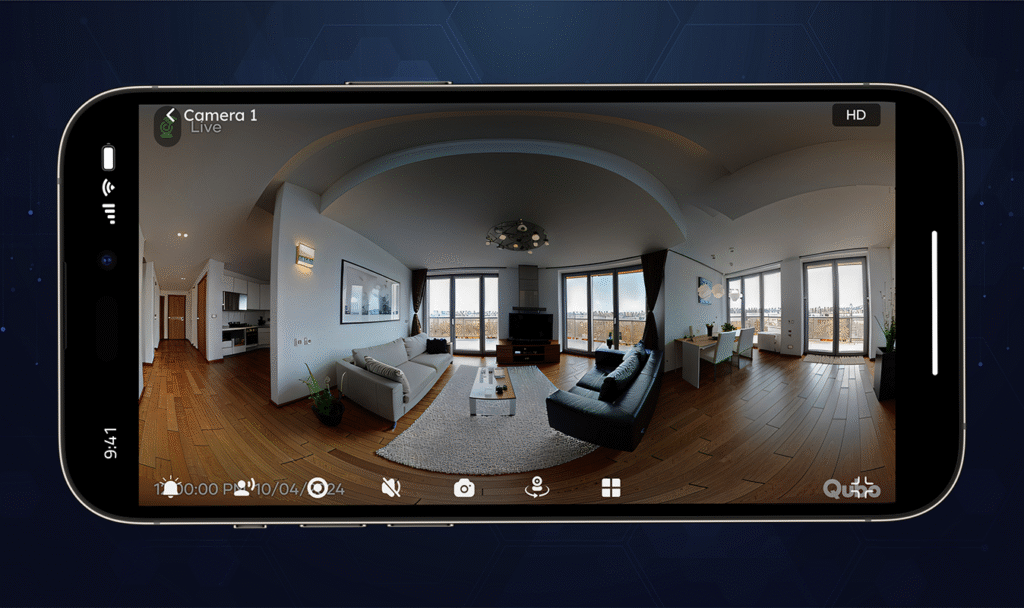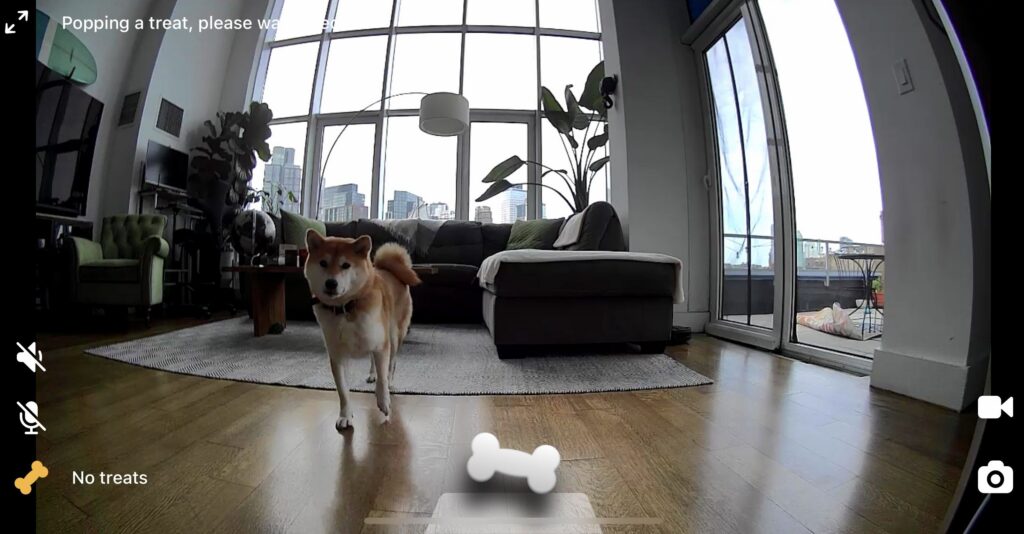
As home security concerns grow, indoor surveillance cameras have become vital for monitoring spaces when you’re away. Here’s a comprehensive guide with updated tips—including three new considerations—to help you make the right choice.
1. Strategic Placement: Maximize Coverage and Visibility

Focus on High-Risk Zones
Install the camera in areas vulnerable to security threats: near entry doors, valuables (e.g., jewelry or electronics), or staircases. For instance, place a camera above the main door to capture visitors or potential intruders, and position it at eye level for clear facial recognition.
Avoid Obstructed Views
Ensure the camera’s field of view isn’t blocked by furniture, plants, or decorations. Test the placement by walking through the room to check for blind spots—ideal coverage should span the entire space without obstructions.
Height Adjustment for Optimal Angles
Mount the camera 7–9 feet above the floor to prevent tampering and capture wide-angle views. In rooms with high ceilings, use adjustable mounts to tilt the lens downward, ensuring no corner is left unmonitored.
2. Technical Specifications: Prioritize Clarity and Reliability

HD Resolution for Detailed Footage
Choose a camera with at least 1080p HD resolution. A 4K model can capture fine details like license plate numbers through windows or small markings on intruders’ clothing. Case studies show 4K cameras help law enforcement identify suspects more efficiently.
Advanced Night Vision Capabilities
Infrared (IR) night vision is essential for 24/7 monitoring. Look for cameras with starlight sensors that provide color footage in low light, or thermal imaging for detecting heat signatures in complete darkness—critical for identifying movement during power outages.
Smart Motion Detection
AI-powered motion detection differentiates between human movement and harmless triggers (e.g., pets or swaying curtains). Adjustable sensitivity settings reduce false alerts, while real-time notifications via phone ensure you’re alerted to genuine threats immediately.
3. Legal and Privacy Considerations

Compliance with Local Laws
Research state and local regulations on indoor surveillance. In some areas, recording audio in private spaces (e.g., bathrooms or bedrooms) is illegal. Ensure the camera’s placement doesn’t violate tenant rights if renting, and check HOA rules for multi-family homes.
Ethical Use Guidelines
Clearly inform household members and guests about camera placement to avoid privacy violations. Avoid pointing cameras at areas with expected privacy, such as dressing rooms or personal offices, even for security purposes.
4. Integration and Smart Home Compatibility

Two-Way Audio for Interactive Security
Cameras with built-in microphones and speakers let you communicate with visitors or deter intruders remotely. For example, if a delivery person arrives, you can instruct them to leave a package at the door; if a stranger enters, your voice can alert them that they’re being recorded.
Home Automation Integration
Choose models compatible with smart home systems (e.g., Alexa, Google Home, or Apple HomeKit). This allows voice control, scheduling (e.g., arming the camera when you leave home), and integration with other devices like smart locks or lights for a unified security network.
5. Storage and Connectivity Options

Cloud vs. Local Storage Solutions
Weigh the benefits of cloud storage (subscription-based, accessible anywhere, and secure against physical theft) and local storage (via SD card, ideal for privacy but limited by capacity). Some cameras offer both: use local storage for daily footage and cloud for backup during emergencies.
Stable Connectivity
Ensure the camera supports dual-band Wi-Fi (2.4GHz and 5GHz) for reliable connection, especially in homes with thick walls or multiple devices. A strong connection prevents video lag or missed recordings during critical moments.
Final Takeaway
The ideal indoor security camera balances high-resolution monitoring, smart detection features, and ethical placement.
By aligning these tips with your home’s layout and security needs, you’ll gain peace of mind—whether deterring potential threats or reviewing footage for evidence—while respecting privacy laws.
Ultimately, the right camera strengthens your home’s security by providing real-time visibility into every corner, even when you’re away.
